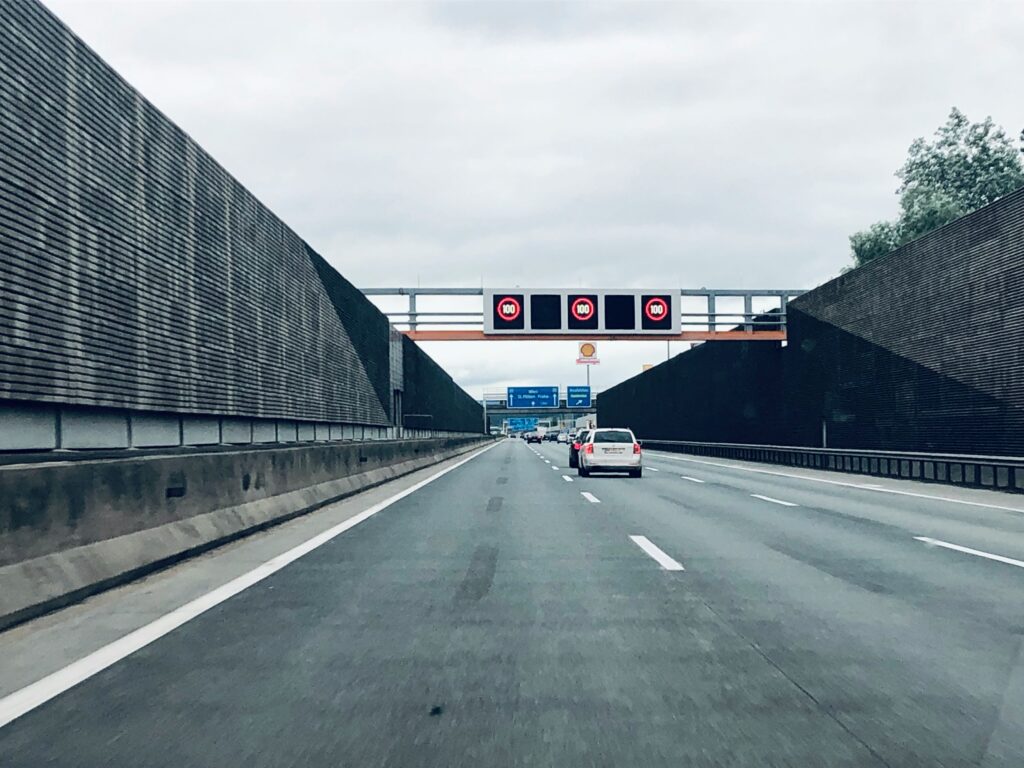Germany’s legendary Autobahn network offers some of Europe’s best driving experiences. Unlike Switzerland’s vignette system, Germany uses a different approach for toll collection. While passenger cars currently enjoy toll-free highways, the system is more complex for larger vehicles.
The German toll system primarily targets trucks and commercial vehicles. These pay based on distance traveled, vehicle weight, and emission class. The system uses advanced technology with overhead gantries that automatically detect and charge passing trucks. This efficient method keeps traffic flowing smoothly.
For passenger cars, there’s good news – no vignette or general toll is required on German highways. However, drivers should be aware of exceptions. Some tunnels, bridges, and city environmental zones may have special fees or requirements. Always research your route in advance to avoid unexpected charges.
When comparing Germany to Switzerland, the differences in road taxation become clear. Switzerland’s vignette system charges all vehicles equally, while Germany’s approach focuses on commercial traffic. This makes Germany more budget-friendly for casual travelers and road-trippers.
The famous no-speed-limit sections of the Autobahn attract driving enthusiasts worldwide. However, these unrestricted zones require extra caution and proper vehicle maintenance. Before embarking on your trip, ensure your car is in top condition for high-speed travel.
Environmental considerations are becoming increasingly important on German roads. Many cities now implement low-emission zones requiring special stickers. While not exactly a toll, these regulations affect where you can drive. Check your vehicle’s eligibility before entering urban areas.
Whether you’re crossing Germany or enjoying a leisurely road trip, understanding the local regulations enhances your experience. From truck toll systems to environmental zones, being informed helps you navigate smoothly. Enjoy Germany’s excellent roads while staying compliant with all requirements.

